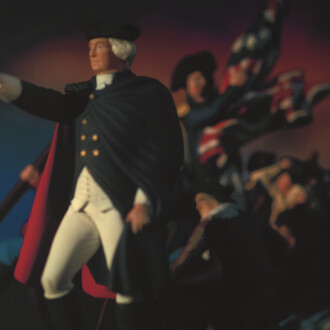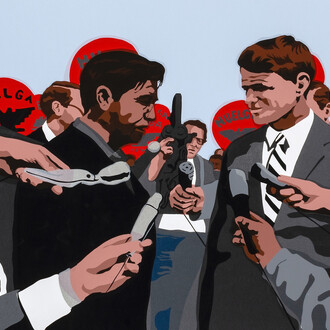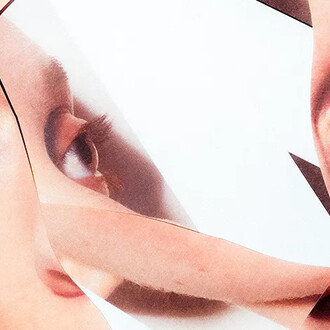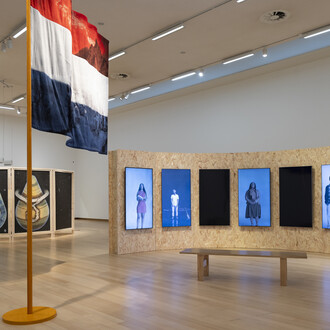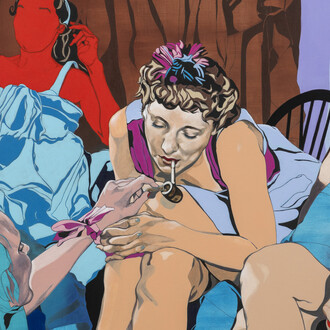The Van Gogh Museum in Amsterdam presents Easy Virtue. Prostitution in French Art, 1850-1910, an exhibition exploring the visual representation of prostitution in French art that will go on display in the Museum’s newly reopened exhibition wing from 19 February to 19 June 2016.
During the second half of the 19th century, prostitution was a popular subject of the visual arts, particularly in Paris. Women soliciting on the boulevards, wealthy courtesans in their salons and the prematurely aged prostitutes in brothels were all depicted as aspects of modern life, though complex and controversial. Visitors to this exhibition will see the public face of prostitution in the dance halls and cafés of Paris where courtesans solicited for business, as well as the darker, hidden world of the city’s brothels and prisons.
The exhibition will feature more than 100 paintings and works on paper by some of the most important artists of the 19th and 20th centuries, including Édouard Manet, Edgar Degas, Henri de Toulouse-Lautrec, Pablo Picasso and Vincent Van Gogh. Loans from international museums and private collections such as Jean-Louis Forain’s The Customer will hang alongside works from the Museum’s own collection, including In the Café: Agostina Segatori in Le Tambourin by Vincent Van Gogh.
Also on display will be a number of intriguing and unusual objects from the era, including furniture from the opulent mansion owned by La Païva, perhaps the most famous Parisian courtesan, as well as an extravagant bed decorated with figures of Venus and angels probably once installed in a Paris brothel, and a 19th-century police register with photographs of convicted prostitutes.
Easy Virtue. Prostitution in French Art, 1850-1910 is a collaboration between the Van Gogh Museum in Amsterdam and Mususée d’Orsay in Paris, where it is presented under the title Splendeurs et misères until 17 January 2016.












